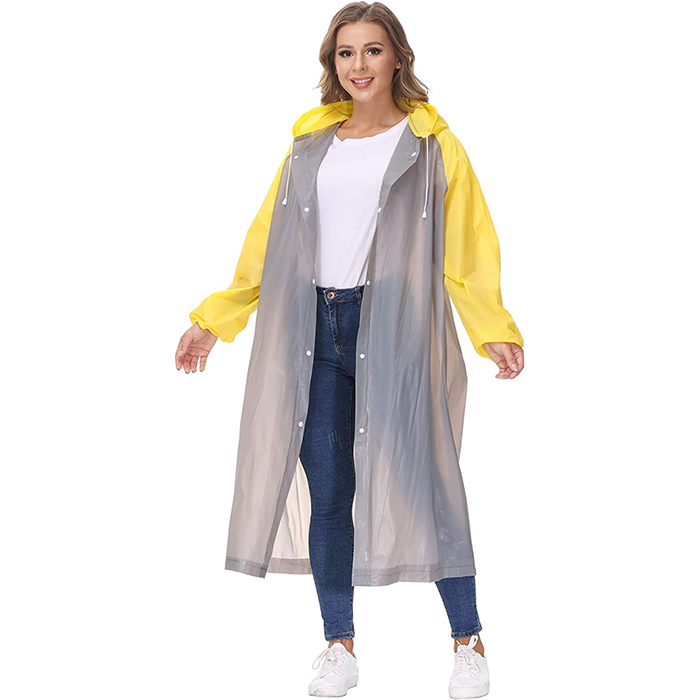 rainwears@163.com may@may-rain.com
rainwears@163.com may@may-rain.com Mon to Friday: 8.00 am - 7.00 pm
Mon to Friday: 8.00 am - 7.00 pm
hiking tent
The Ultimate Guide to Choosing the Perfect Hiking Tent
When embarking on a hiking adventure, one of the most crucial pieces of gear you’ll need is a reliable hiking tent. Your tent serves as a home away from home, providing shelter and comfort amidst nature’s beauty. With a myriad of options available on the market, selecting the perfect hiking tent can be overwhelming. In this guide, we explore key factors to consider to make an informed decision.
1. Tent Type
Hiking tents primarily fall into three categories backpacking tents, mountaineering tents, and ultralight tents.
- Backpacking Tents are designed for hikers who prioritize a balance between weight, durability, and space. Usually weighing between 3 to 5 pounds, these tents accommodate 1 to 3 people and are suitable for moderate conditions. - Mountaineering Tents are engineered for extreme weather conditions. They typically feature stronger materials and a more robust frame to withstand harsh winds and snow. These tents are heavier, making them less suitable for casual hiking but essential for serious expeditions.
- Ultralight Tents focus on minimizing weight, often favored by long-distance hikers and backpackers who measure every ounce. These tents sacrifice some durability and space for lighter materials, making them ideal for those who need to carry everything on their back.
2. Capacity
Consider how many people will be sharing the tent. Tents are rated by capacity, such as 1-person, 2-person, etc. However, it’s wise to opt for a tent with a slightly larger capacity than needed. For example, if you are hiking with a partner, a 3-person tent provides extra space for gear, making your stay more comfortable.
For hiking, the weight of your gear can greatly impact your experience. Tent weight varies widely, so choose one that fits your hiking style. Ultralight models are advantageous for long treks but might lack some comfort features. Keep in mind the packed size of the tent as well; it should fit comfortably in your backpack without taking up excessive space.
hiking tent

4. Weather Resistance
Your tent should protect you from various weather conditions. Look for tents made from waterproof materials with sealed seams to prevent leaks during rain. Consider the tent’s rainfly, which provides an extra layer of protection. Additionally, check for good ventilation options to reduce condensation buildup inside the tent, especially in humid environments.
5. Setup and Take Down
The ease of setup and takedown is crucial for a successful hiking experience. Choose a tent with a straightforward design that can be erected in a matter of minutes, even in poor conditions. Freestanding tents are easier to set up as they can stand alone without stakes, while non-freestanding models typically require stakes for stability.
6. Durability
Materials matter when it comes to tents. Look for high-denier fabric with a ripstop design for added strength. The tent poles should be made from durable materials like aluminum, which offer stability without significant weight. Read reviews and consider brands that are known for quality to ensure your investment lasts.
7. Features and Accessories
Once you’ve narrowed down your choices, consider additional features such as vestibules, pockets, and gear lofts, which can add convenience and organization. Vestibules provide extra storage for gear, while pockets help keep small essentials within reach.
Conclusion
Choosing the right hiking tent can enhance your outdoor experience by providing comfort, protection, and convenience. By considering the tent type, capacity, weight, weather resistance, ease of setup, durability, and additional features, you can find a tent that meets your needs. Whether you’re planning a weekend getaway or a long-distance hike, the right tent will make all the difference in enjoying the great outdoors. So gear up, lace up your hiking boots, and prepare for an adventure under the stars!
-
Kids Fashionable Waterproof Rain Poncho - Polyester Coat
NewsAug.01,2025
-
Children's Fashion Waterproof Printed Raincoats | Kids Gear
NewsJul.31,2025
-
Silver Printed Women’s Jacket – Stylish, Lightweight & Trendy Outerwear
NewsJul.30,2025
-
Fashionable Design Long Raincoat Rain Poncho Waterproof Polyester
NewsJul.30,2025
-
High Lighting Reflective Rain Jacket Windbreaker Safety Jacket for Adult
NewsJul.29,2025
-
Disposable PE Rain Poncho - Lightweight, Waterproof, Easy to Carry
NewsJul.29,2025































